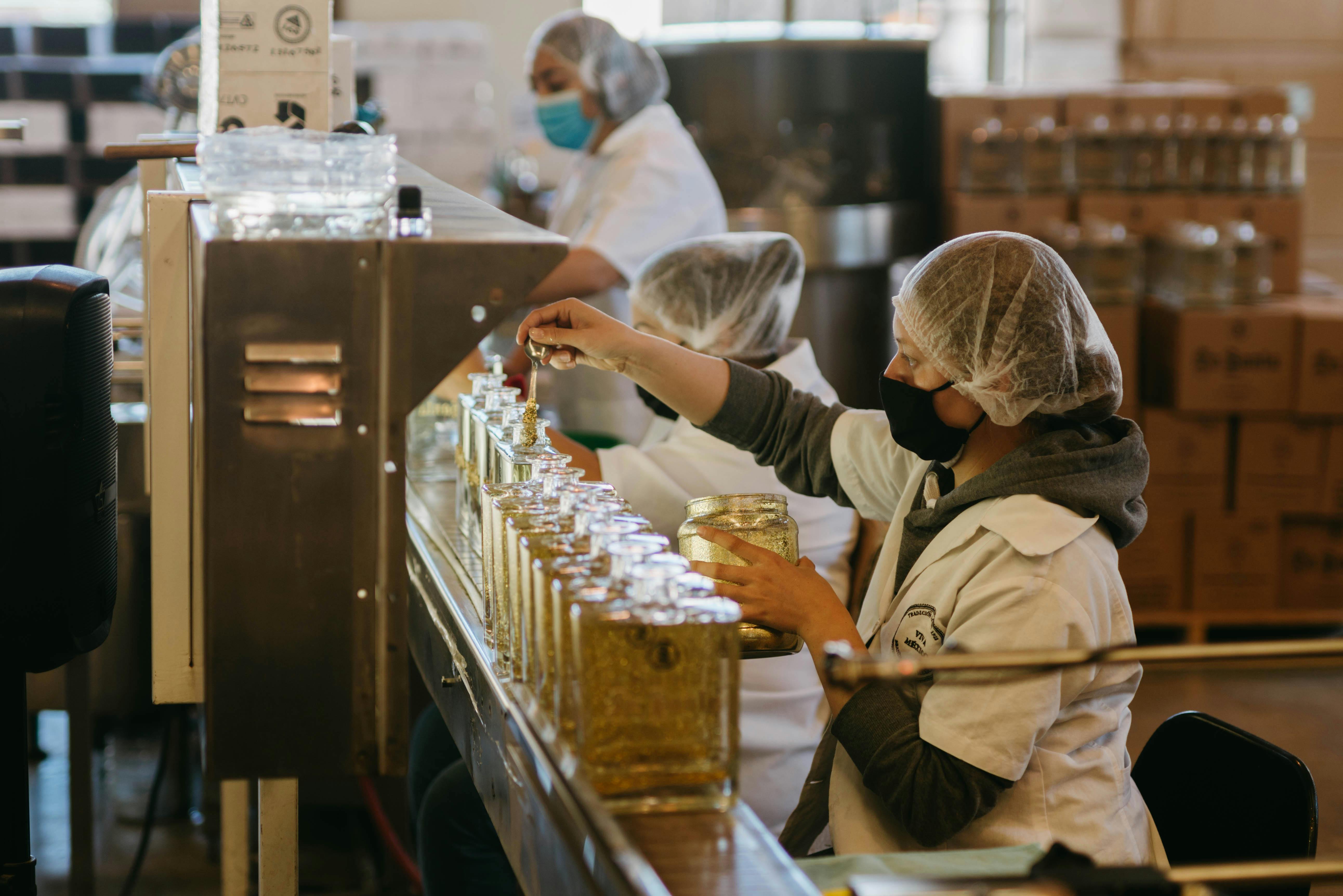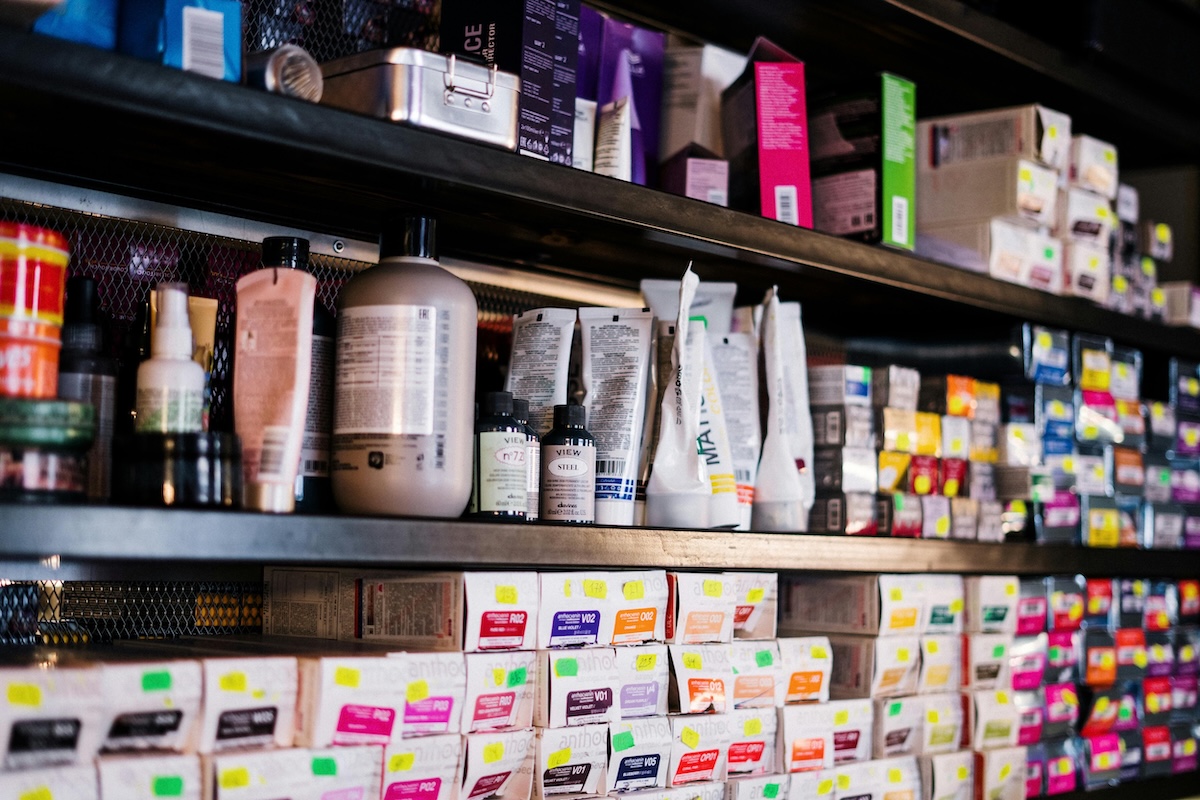Insetting vs Offsetting: the Right Path to Sustainability

In the world of sustainability, particularly within the consumer packaged goods industry, two terms often come up: insetting and offsetting. These concepts are essential for companies aiming to reduce their environmental impact, especially those in the personal care products sector.
Understanding Offsetting
Offsetting refers to the practice of compensating for carbon emissions by investing in environmental projects elsewhere. These projects can include planting trees, investing in renewable energy, or funding carbon capture technologies. If a company emits a certain amount of CO2, it can offset those emissions by supporting initiatives that reduce or remove an equivalent amount of CO2 from the atmosphere.
For example, imagine a personal care company that produces shampoo. The production and transportation stages of the shampoo emits a certain amount of CO2. To offset these emissions, the company might invest in a reforestation project in another part of the world. The idea is that the trees planted will absorb CO2, balancing out the company’s emissions.
Another example would be if a company bought Renewable Energy Certificates (RECs) to claim renewable energy. The company can then claim this clean energy for themselves and use it to offset emissions associated with the equivalent amount of non renewable energy.
The Benefits of Offsetting
Offsetting can be achieved quickly. It doesn’t require any changes to internal operations. This allows the company to continue to manufacture and sell products without the risk of disrupting the supply chain. Offsetting can also be used to reach sustainability goals or compliance while the company works on insetting actions. This can allow companies more time to understand their environmental impact and make actionable changes. Lastly, offsetting may be necessary to reach some sustainability goals. It may not be possible to reach net zero emissions goals solely based on insetting. The addition of offsetting can help a company cross the finish line.
The Drawbacks of Offsetting
While offsetting is a popular approach, it’s not without its challenges. One major issue is it can be seen as a way to avoid making necessary changes within the company’s operations. Additionally, the effectiveness of some offset projects can be uncertain and ensuring that these projects deliver their promised environmental benefits can be difficult.
Introducing Insetting
Insetting takes a different approach. Instead of looking outward to compensate for emissions, insetting focuses on reducing a company’s environmental impact within its own value chain. This means that a company works directly with its suppliers, producers, and other stakeholders to implement sustainable practices and reduce emissions at the source.
Returning to the example of our personal care company, instead of just offsetting the emissions from shampoo production, the company might work with its suppliers to adopt more sustainable extraction practices, reduce energy use in factories, or improve transportation efficiency. By doing so, the company reduces its carbon footprint within its own operations and supply chain.
For the renewable energy example, a company might implement onsite renewable energy for their production site. The company reduces emissions by producing and using the renewable energy onsite rather than purchasing it which eliminates emissions production from the energy use at all.
The Benefits of Insetting
Insetting has several advantages over offsetting. Firstly, it leads to direct and measurable reductions in emissions. By improving sustainability practices within the supply chain, companies can make a significant and lasting impact. Additionally, insetting can strengthen relationships with suppliers and create a more resilient supply chain. It’s a proactive approach that integrates sustainability into the core operations of a company, rather than treating it as an afterthought.
Furthermore, as consumers become more aware of sustainable practices, insetting can be seen as a more effective and proactive approach to sustainability claims. This can enhance customer attraction and retention, as well as gain interest from investors who are looking for resilient companies.
Insetting can also save a company money by streamlining operations. Increased efficiency through reduced material needs, energy efficiency, and transportation efficiency are some areas that can see cost savings with sustainable practices. With insetting, a company can save money through internal improvements whereas with offsetting, the company has an additional cost for outside investments.
The Drawbacks of Insetting
Insetting is an effective way to reduce environmental impact and achieve sustainability goals. However, it can be a long process that disrupts operations and can come with a price tag. While a company may save money in the long run, the capital cost of implementing impactful changes can be prohibitive. Furthermore, in order to understand the most impactful actions for a company’s business, it requires data from all aspects of the company. This can be difficult to obtain and some suppliers may not have the data at all. Insetting can still be accomplished without this data, but it’s better to have a comprehensive understanding. This allows the company to accurately identify the most impactful areas and progress towards goals.
Insetting and Life Cycle Assessments (LCAs)
For companies in the consumer packaged goods industry, conducting Life Cycle Assessments (LCAs) is a critical step in understanding their environmental impact. An LCA evaluates the environmental aspects and potential impacts associated with a product, process, or service, from raw material extraction to disposal. By performing LCAs, companies can identify key areas where they can implement insetting strategies.
Each product may have a different stage with the highest opportunity for actionable changes. For example, one product may have the highest environmental impact associated with its ingredients while another product has the highest impact with its packaging. Being able to identify these differences and find commonalities throughout the company can give a comprehensive insight to operations.
Making the Choice: Insetting or Offsetting?
Both insetting and offsetting have their roles in a comprehensive sustainability strategy. However, the growing consensus is that insetting should be prioritized because it leads to more direct and meaningful reductions in environmental impact. Offsetting can still play a role, especially for emissions that are currently unavoidable, but it should complement rather than replace efforts to reduce emissions within the value chain.
Conclusion
For companies in the personal care industry, understanding and implementing insetting and offsetting strategies are vital steps toward sustainability. Companies focusing on insetting can ensure that their efforts are reducing emissions and also fostering a more resilient supply chain. Offsetting can still be a valuable tool, but it should be used in conjunction with, not instead of, internal efforts to reduce environmental impact.
As the world moves toward a more sustainable future, it’s crucial for companies to embrace both insetting and offsetting. By doing so, they can make a significant and positive impact on the environment while continuing to provide high-quality products to their customers.
At CarbonBright, we specialize in developing innovative solutions that enable organizations to conduct Life Cycle Assessments (LCAs), quantify their emissions, and meet stringent regulatory requirements. By partnering with CarbonBright, organizations can achieve a more efficient and cost-effective solution compared to traditional methods. Our scientifically-based approach, aligned with industry standards, ensures accurate and credible results that support your journey towards sustainability and compliance with emerging climate action standards.



